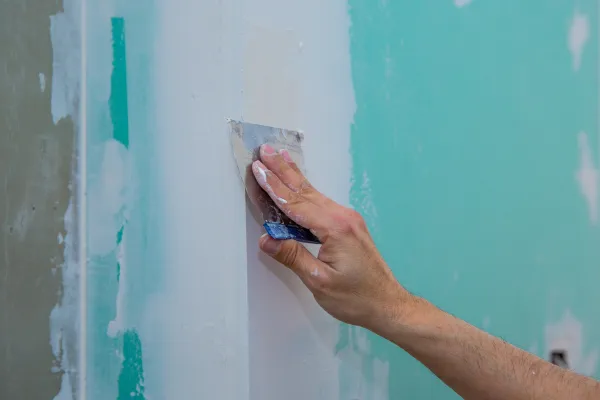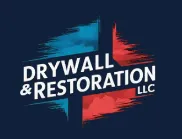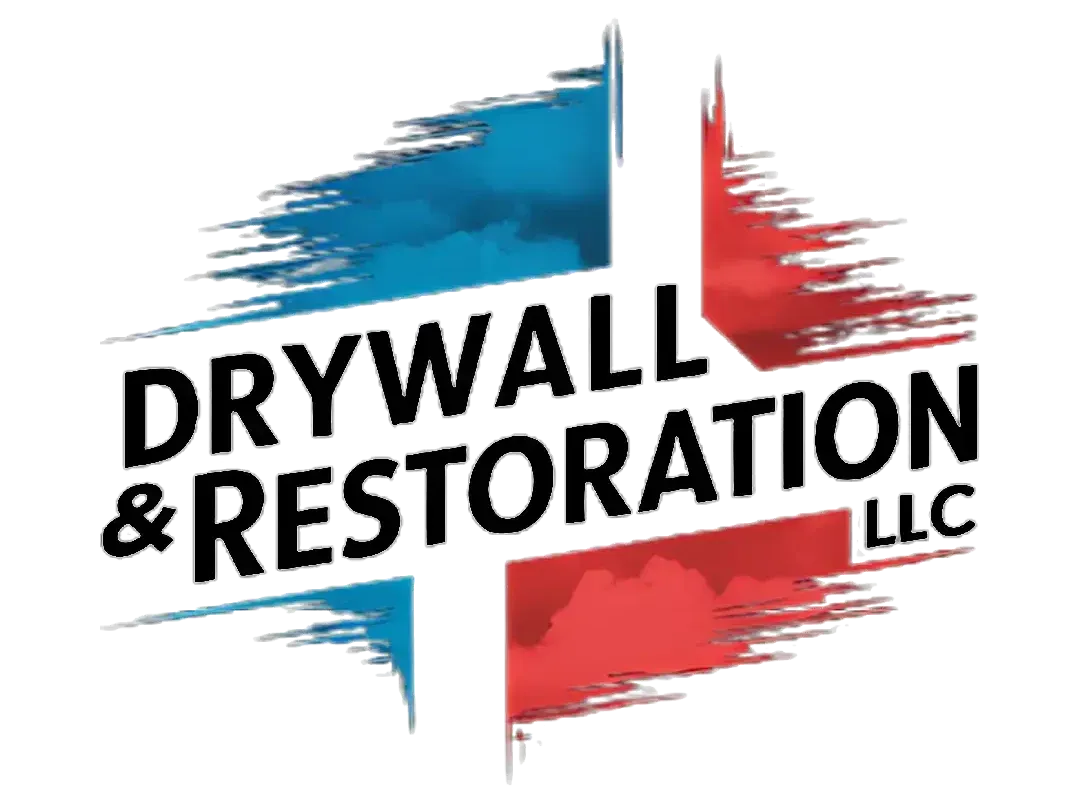BLOGS

Key Considerations When Restoring Drywall in Commercial Spaces
"Restoring drywall in commercial spaces demands careful planning, proper materials, and minimal disruption to ensure a professional, lasting result."
Restoring drywall in commercial spaces is a crucial task that can significantly impact the overall look and functionality of a business. Whether you’re dealing with an office, retail space, restaurant, or industrial facility, restoring drywall requires careful planning and execution. Unlike residential drywall restoration, commercial spaces often come with unique challenges, such as high traffic, more complex structural requirements, and specific building codes.
In this blog, we’ll outline the key considerations to keep in mind when restoring drywall in commercial spaces. By addressing these factors, you can ensure that the restoration process is smooth, efficient, and results in a long-lasting, professional finish.
1. Assessing the Scope of the Project
Before starting any drywall restoration in a commercial space, it’s essential to assess the scope of the project thoroughly. Unlike residential drywall, which may only involve patching small holes or cracks, commercial spaces may have large areas that need to be replaced or repaired. This requires a careful assessment of the following:
Extent of Damage: Is the drywall damaged from water, structural issues, or general wear and tear? Determining the cause and extent of the damage will help decide whether a simple patch is sufficient or if more extensive restoration is necessary.
Building Layout: In commercial spaces, the layout can affect how drywall restoration is approached. Large open areas may require different methods than partitioned office spaces or small rooms. Plan for any obstructions, like electrical wiring or plumbing, which may require special attention.
By understanding the scope of the project, you can develop a restoration plan that aligns with the specific needs of the space.

2. Complying with Local Building Codes
Commercial spaces must adhere to local building codes and regulations. These codes dictate specific requirements for drywall installation, such as fire resistance, moisture resistance, and structural integrity. Before starting the restoration process, be sure to review the following:
Fire Safety Requirements: Commercial buildings often require fire-resistant drywall, especially in areas like hallways, stairwells, and storage rooms. This type of drywall is designed to slow the spread of flames, helping to contain fires and protect the building’s occupants.
Moisture Control: In spaces like kitchens, bathrooms, or basements, moisture-resistant drywall (often referred to as "green board") may be required to prevent mold growth and ensure durability.
Acoustic Considerations: In office buildings or other spaces that require privacy, soundproof drywall may be necessary. These specialized materials help reduce sound transmission between rooms, which is especially important in spaces with a lot of foot traffic or meetings.
Consulting with a contractor familiar with commercial building codes can help ensure that the materials and techniques used meet all necessary requirements.
3. Choosing the Right Drywall Materials
The choice of drywall materials is critical in commercial spaces, as these materials need to withstand higher wear and tear compared to residential settings. Depending on the type of commercial space you are restoring, you may need to consider specialized drywall options. Some important options include:
Standard Drywall: This is the most common material used for interior walls in commercial spaces. It is suitable for areas that don’t experience excessive moisture or high traffic.
Moisture-Resistant Drywall: Ideal for areas like bathrooms, kitchens, or laundry rooms, moisture-resistant drywall is treated to resist mold and mildew growth.
Fire-Resistant Drywall: This is often required in commercial buildings, especially in fire-rated walls or areas where additional fire protection is necessary.
Soundproof Drywall: For offices, conference rooms, or any area where noise control is a priority, soundproof drywall can help reduce noise transmission between rooms.
Choosing the right drywall material ensures that the restoration will stand up to the demands of the space while complying with local codes and regulations.
4. Minimizing Disruption to Business Operations
One of the unique challenges of restoring drywall in commercial spaces is minimizing disruption to daily business operations. Whether you are restoring drywall in a busy office building, a retail store, or a restaurant, it’s essential to consider the following:
Timeframe: Commercial spaces often have tight schedules, and disruptions can affect business productivity. Work with a contractor who can establish a clear timeline for the project, with minimal downtime.
Work Hours: If possible, schedule the restoration during off-hours or weekends to prevent disrupting customers or employees. For spaces that are open to the public, working after hours or during low-traffic periods can help maintain normal operations.
Safety Protocols: Restoration work can create dust and debris, so it’s important to establish safety protocols to protect employees and customers. Ensure that appropriate barriers are in place, and consider using dust containment systems to keep the work area isolated.
By planning the restoration process to minimize business disruption, you can keep your commercial space running smoothly during the project.
5. Hiring Experienced Contractors
Drywall restoration in commercial spaces is a complex process that requires skill and expertise. Hiring experienced contractors who are familiar with commercial projects is key to achieving high-quality results. When choosing a contractor, consider the following:
Experience with Commercial Projects: Ensure that the contractor has experience working on commercial spaces similar to yours. They should be familiar with commercial building codes, fire safety regulations, and other specific requirements.
References and Reviews: Look for contractors with positive reviews and a track record of successful commercial drywall projects. Ask for references from other businesses they’ve worked with to gauge their reliability and professionalism.
Proper Licensing and Insurance: Make sure that the contractor is fully licensed and insured to work in your area. This helps ensure that the work is performed to code and that you’re protected in case of any accidents during the project.
A qualified contractor will be able to handle the complexities of restoring drywall in a commercial space and ensure that the project meets both your aesthetic and functional requirements.
6. Budgeting for the Restoration
Restoring drywall in commercial spaces can be costly, especially when dealing with large areas or specialized materials. It’s important to create a realistic budget for the restoration project and plan for any unexpected costs. Some factors to consider when budgeting include:
Material Costs: The cost of drywall materials can vary depending on the type and quality. For example, fire-resistant or soundproof drywall may cost more than standard drywall.
Labor Costs: Labor costs for commercial drywall installation are typically higher than for residential projects, due to the larger scale and complexity involved.
Contingency Fund: It’s always a good idea to set aside a contingency fund to cover any unexpected issues that arise during the restoration process.
Having a clear budget and financial plan in place will help you stay on track and ensure that the project is completed without any financial surprises.
Conclusion
Restoring drywall in commercial spaces requires careful planning, attention to detail, and consideration of the specific needs of the business. From assessing the scope of the project to choosing the right materials and ensuring compliance with building codes, every step plays a crucial role in achieving a successful restoration. By partnering with experienced contractors, minimizing disruption, and budgeting appropriately, you can ensure that your commercial space is restored to its best condition—enhancing both its functionality and aesthetic appeal for years to come.

